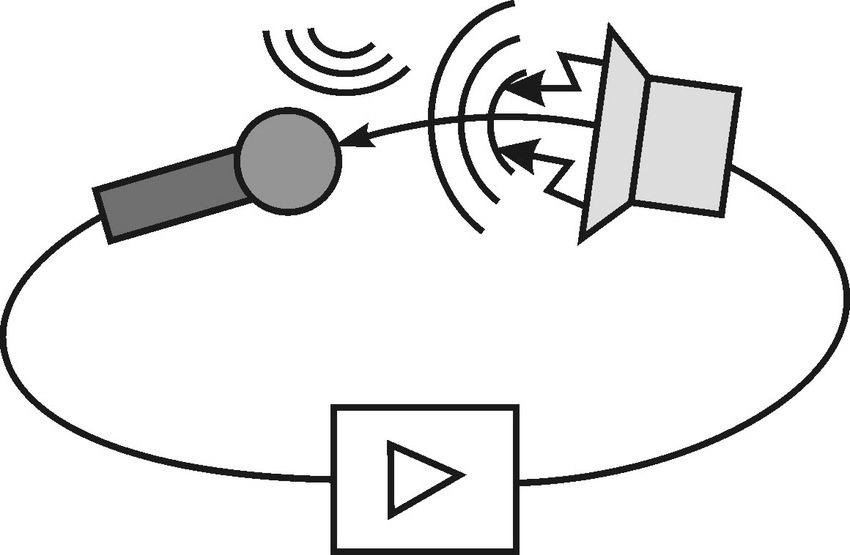Audio feedback is a common phenomenon that most of us have likely encountered at some point, especially during live performances or public announcements. It often presents as a loud, high-pitched squeal or howl, which can be quite uncomfortable to the ears and disruptive to the event. But what is it actually, and how can it be eliminated? Let's delve into the world of audio feedback and discover the techniques to mitigate this issue.

What is Audio Feedback?
Audio feedback, also known as acoustic feedback, is a sound loop that occurs when a sound system picks up, amplifies, and outputs its own output sound. This often happens when the microphone is too close to a speaker and the sound from the speaker is picked up by the microphone, amplified, and output again, creating an endless loop. The result is a distinct, often high-pitched, noise that can vary in intensity, from mild annoyance to ear-splitting distraction.
How to Eliminate Audio Feedback
Eliminating audio feedback often involves several techniques that range from simple adjustments to advanced sound engineering strategies. Here are some of the most effective methods:
1. Adjust the Microphone-Speaker Placement
One of the simplest ways to prevent feedback is by ensuring the microphone and speakers are not facing each other or are too close to each other. Aim the speakers away from the microphone and maintain a safe distance between them to avoid the sound loop.
2. Use Directional Microphones
Directional microphones, such as cardioid, supercardioid, or hypercardioid, are designed to pick up sound from specific directions and ignore others. They can be a handy tool in managing feedback as they are less likely to pick up sound from speakers if they are oriented correctly.
3. Equalize Your Sound
Equalization, often known as EQ, is a process to adjust the balance of frequency content. Using an equalizer, you can reduce the frequencies that are causing feedback without affecting the overall sound quality. Most sound systems come with built-in equalizers, but separate devices can be used for more advanced control.
4. Use Feedback Suppressors
Feedback suppressors, or eliminators, are devices that are designed to detect and eliminate feedback automatically. They identify the frequency of feedback and reduce its volume or apply a notch filter to remove it entirely.
5. Lower the Volume (underrated option)
Sometimes, the simplest solution is the best. If feedback is a consistent issue, consider lowering the overall volume of the sound system. While this may not always be possible, especially in large venues, it's a good place to start.
6. Use In-ear Monitors
In-ear monitors (IEMs) are devices used by musicians to listen to their performance during a live stage act. They can help reduce feedback by lowering stage volume and offering a more controlled sound environment.
7. Train the Users
Last but not least, training the users of the sound system can greatly help in preventing feedback. This includes proper microphone handling techniques, like not pointing it at speakers or shouting into it, which can prevent feedback before it even begins.
In conclusion, audio feedback, while a common issue, can be managed and even eliminated with the right knowledge and techniques. By understanding the cause of feedback and employing strategies to counteract it, a clear and pleasant sound can be achieved in any live audio setting.

Comments